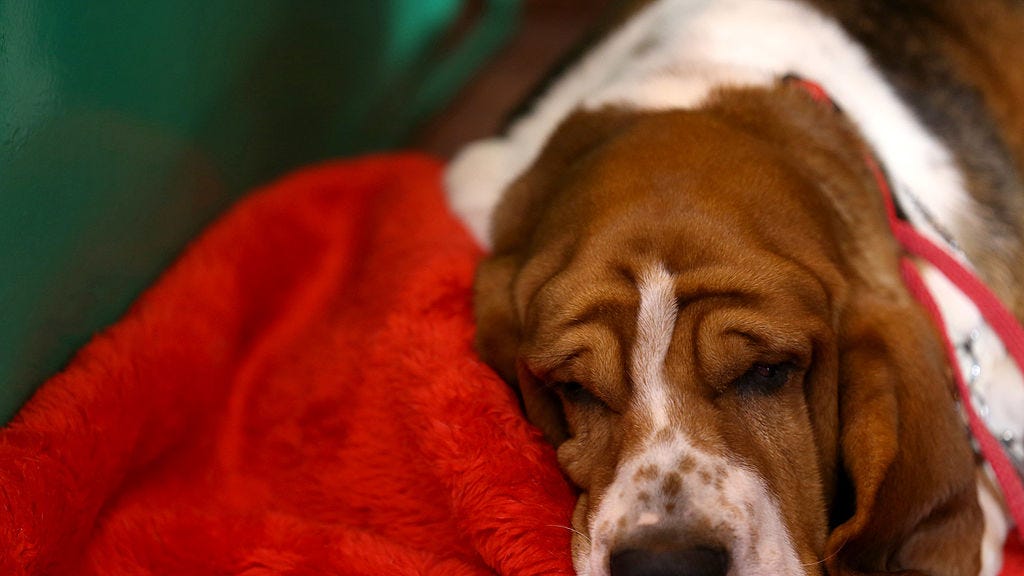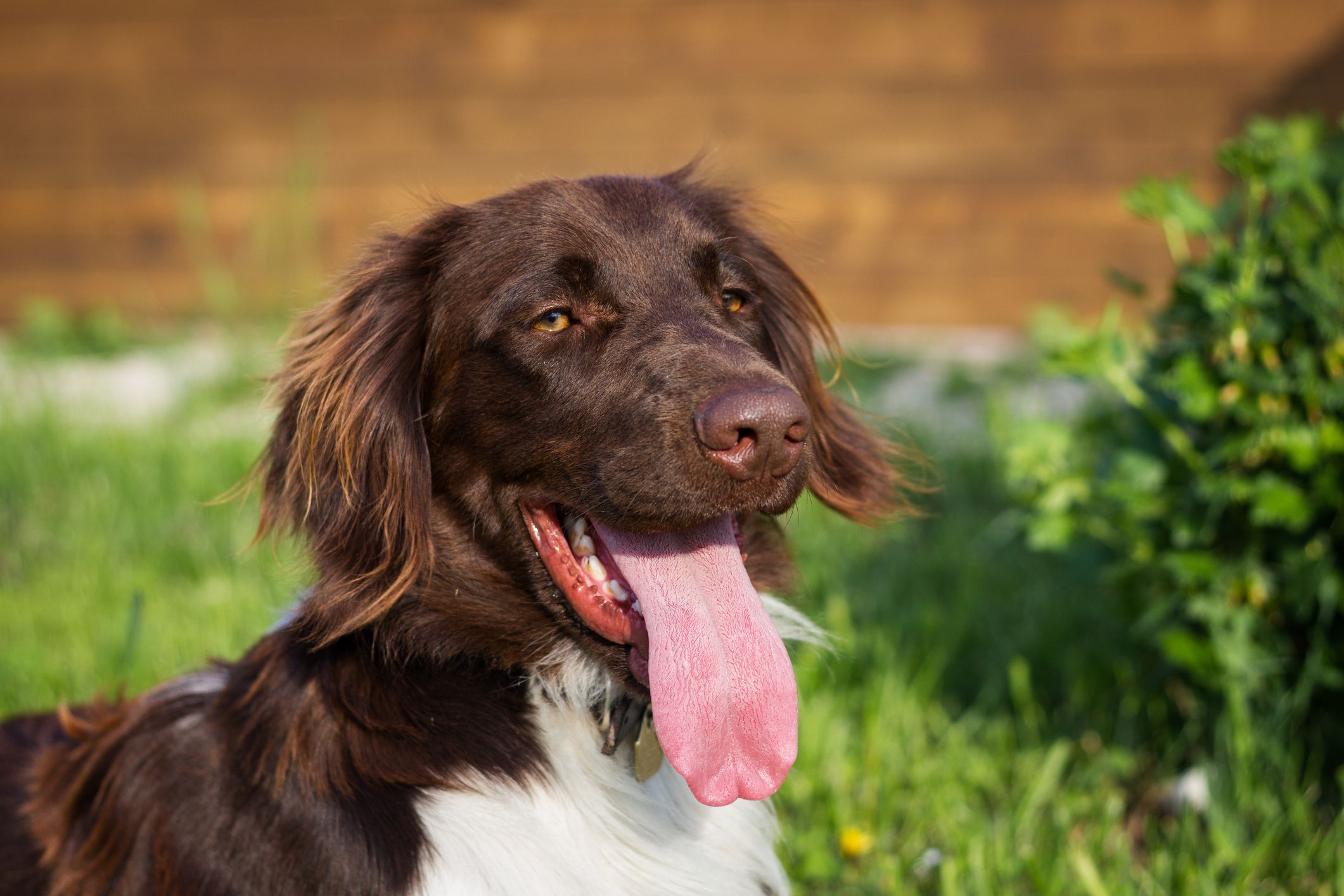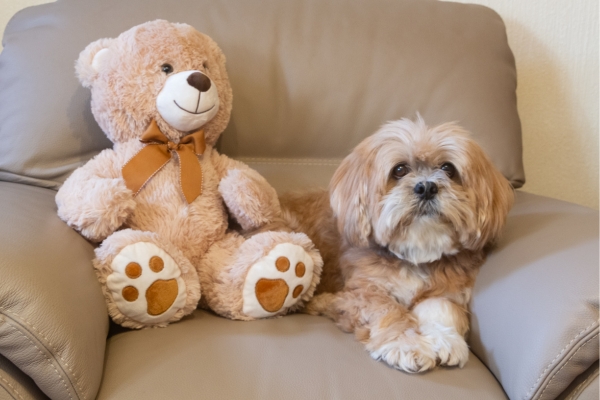Small Dogs That Can Be Left Alone

The image of a forlorn canine, nose pressed against the window, watching its owner depart for the day, is a common, and often heartbreaking, one. Millions of dog owners grapple with the guilt and anxiety of leaving their beloved pets alone. But for many, especially those living in bustling urban environments or adhering to demanding work schedules, the reality of owning a dog necessitates periods of solitude for their furry companions.
This raises a crucial question: which small dog breeds are best suited to handle alone time? The answer isn't simple, hinging on a complex interplay of breed temperament, individual personality, training, and environmental enrichment. This article delves into the realities of leaving small dogs alone, exploring breeds known for their independence, the crucial factors that contribute to a dog's ability to cope with solitude, and expert advice on minimizing stress and maximizing well-being.
Understanding Breed Temperament and Independence
Certain small dog breeds are predisposed to being more independent and less prone to separation anxiety than others. It’s vital to understand that breed tendencies are not guarantees; individual dogs will always vary.
The Chihuahua, for example, despite its reputation as a fiercely loyal companion, often possesses a confident and independent streak. They are typically content to entertain themselves, provided they have access to toys and a comfortable space.
Similarly, the Shih Tzu, a breed historically bred as lap dogs for royalty, can adapt well to alone time with proper training and environmental enrichment. Their relatively low energy levels and tendency to enjoy naps contribute to their suitability.
Another breed often mentioned in this context is the Miniature Poodle. Intelligent and adaptable, Miniature Poodles can be trained to accept periods of solitude, particularly if their mental and physical needs are met when their owners are present.
It's important to acknowledge that even within these breeds, individual dogs can exhibit varying levels of independence. Responsible breeders prioritize temperament and socialize puppies early, which can significantly impact their ability to cope with being alone.
Factors Influencing a Dog's Ability to Cope with Solitude
Beyond breed, several crucial factors determine how well a small dog handles being left alone. These include training, early socialization, environmental enrichment, and the overall consistency of their routine.
Training plays a pivotal role. Crate training, in particular, can provide a safe and secure den-like space for a dog, associating being alone with positive experiences.
Consistent obedience training reinforces good behavior and establishes clear boundaries, which can reduce anxiety. Gradually increasing the duration of alone time, starting with short intervals, allows dogs to adapt at their own pace.
Early socialization is equally crucial. Exposing puppies to a variety of sights, sounds, and experiences during their critical socialization period (typically up to 16 weeks of age) helps them develop into well-adjusted adults.
Environmental enrichment is also paramount. Providing a stimulating environment with interactive toys, puzzle feeders, and even access to a window with a view can keep a dog entertained and engaged while alone.
A consistent routine provides a sense of predictability and security. Regular feeding times, walks, and playtime help minimize anxiety and allow dogs to anticipate their owner's return.
Expert Perspectives and Best Practices
Veterinarians and animal behaviorists emphasize the importance of addressing potential separation anxiety proactively. Ignoring signs of distress can exacerbate the problem over time.
According to Dr. Sarah Miller, a certified veterinary behaviorist, "The key is to understand your dog's individual needs and tailor your approach accordingly. What works for one dog may not work for another."
She also stresses the importance of recognizing the signs of separation anxiety, which can include excessive barking, destructive behavior, inappropriate elimination, and pacing.
The American Society for the Prevention of Cruelty to Animals (ASPCA) recommends consulting with a veterinarian or certified dog trainer if you suspect your dog is suffering from separation anxiety. They offer a wealth of resources on their website, including tips on managing separation anxiety and finding qualified professionals.
"Never punish your dog for destructive behavior or accidents that occur while you're away," advises the ASPCA. "This will only increase their anxiety and worsen the problem."
Instead, focus on creating a positive and enriching environment and addressing the underlying anxiety through training, medication (in severe cases), or a combination of both.
Addressing Ethical Considerations
It's important to acknowledge the ethical considerations surrounding leaving any dog alone for extended periods. While some small breeds are better equipped to handle solitude than others, all dogs require social interaction and companionship.
The RSPCA's guidelines emphasize that dogs should not be left alone for more than four hours at a time, and even then, they should have access to adequate food, water, and a comfortable space.
Leaving a dog alone for prolonged periods can lead to boredom, frustration, and ultimately, behavioral problems. Consider alternatives such as dog walkers, pet sitters, or dog daycare if you are unable to provide adequate attention and companionship.
Looking Ahead: Innovations and Solutions
Technological advancements are offering new ways to monitor and interact with pets while they are alone. Smart pet cameras with two-way audio and treat dispensing capabilities allow owners to check in on their dogs and provide reassurance.
Interactive toys that dispense treats or allow for remote play are also becoming increasingly popular. These innovations can help alleviate boredom and provide mental stimulation.
Furthermore, research into canine cognition and behavior is continually advancing our understanding of how dogs experience solitude. This knowledge is leading to more effective training techniques and strategies for minimizing stress and maximizing well-being.
Conclusion
While certain small dog breeds may be better suited to handle alone time, responsible dog ownership requires careful consideration of individual needs, proactive training, and a commitment to providing a stimulating and enriching environment. Leaving a dog alone is never ideal, but by understanding the factors that contribute to their ability to cope with solitude and implementing best practices, owners can minimize stress and ensure their furry companions thrive, even in their absence.
Ultimately, the decision of whether or not to own a dog, particularly in the context of a busy lifestyle, should be made with careful consideration of the animal's well-being as the top priority.




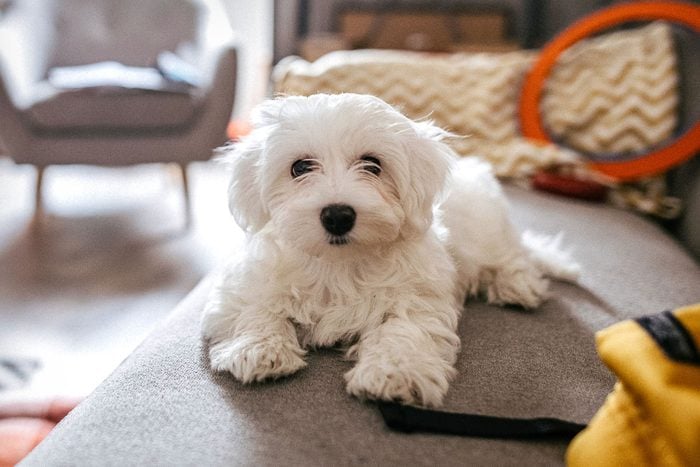

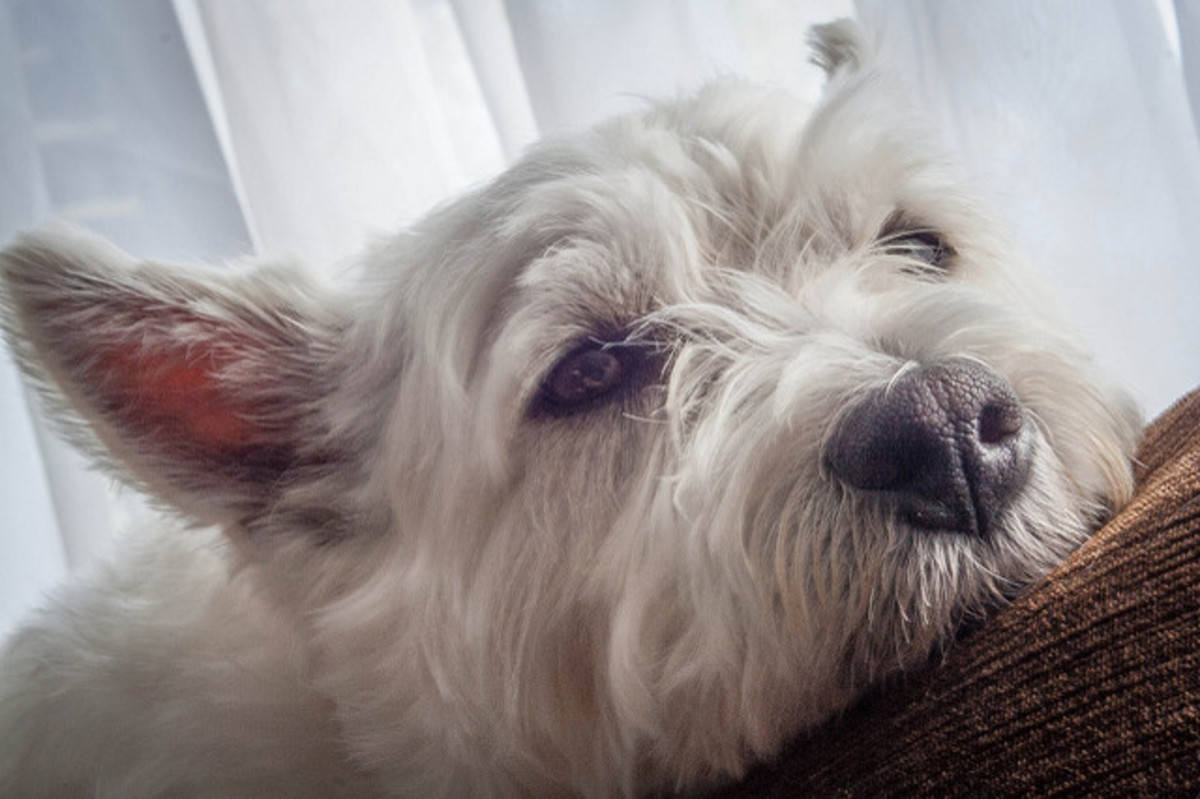





![Small Dogs That Can Be Left Alone Can Lhasa Apso Be Left Alone [Answered]](https://smallanimaladvice.com/wp-content/uploads/2022/11/Can-Lhasa-Apso-Be-Left-Alone.jpg)
